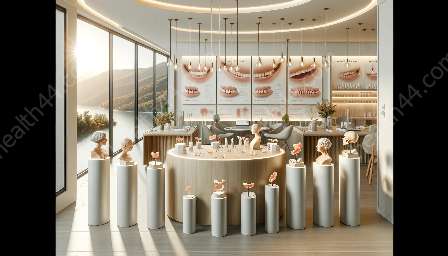3D printing technology has revolutionized various industries, including dentistry. Denture relining is essential for maintaining the comfort and functionality of dentures. This article will explore the possibilities for 3D-printed denture relining materials and their compatibility with denture relining techniques and dentures.
3D Printing in Dentistry
3D printing, also known as additive manufacturing, involves creating three-dimensional objects by layering material based on a digital model. In dentistry, 3D printing has transformed the way dental prosthetics are produced, offering numerous benefits over traditional manufacturing methods.
Importance of Denture Relining
Denture relining is the process of resurfacing the tissue-bearing surface of a denture to improve its fit, comfort, and function. Over time, changes in the oral tissues can result in loose-fitting dentures, causing discomfort and difficulty in chewing and speaking. By relining dentures, these issues can be addressed, providing a better fit and improved overall comfort for the wearer.
Benefits of 3D-Printed Denture Reline Materials
1. Precision: 3D printing allows for the creation of highly precise and customized denture relining materials, ensuring an optimal fit for the individual patient.
2. Efficiency: Traditional denture relining processes can be time-consuming and labor-intensive. 3D printing streamlines the production of denture relining materials, reducing lead times and costs.
3. Customization: Each patient's oral anatomy is unique, and 3D printing enables the fabrication of personalized denture relining solutions tailored to individual needs.
4. Quality: Modern 3D printing materials offer high durability and biocompatibility, ensuring the longevity and safety of denture relining materials.
Compatibility with Denture Reline Techniques
3D-printed denture relining materials can be utilized with various denture relining techniques, including direct and indirect methods:
Direct Denture Relining
Direct denture relining involves applying the denture relining material directly to the denture while it is in the patient's mouth. 3D-printed relining materials can be tailored to provide a precise and comfortable fit during the direct relining process.
Indirect Denture Relining
Indirect denture relining involves creating a new impression of the oral tissues within the existing denture and fabricating the relining material outside the patient's mouth. 3D-printed denture relining materials can be customized to accurately replicate the oral tissues, resulting in an improved fit and enhanced comfort.
Enhancing Denture Functionality
By leveraging the capabilities of 3D printing, denture relining materials can be optimized to enhance the functionality of dentures, addressing issues such as sore spots, instability, and reduced chewing efficiency. The precise customization offered by 3D printing ensures a tailored solution for each patient, resulting in improved overall satisfaction and oral health.
Future Possibilities
The advancements in 3D printing technologies continue to expand the possibilities for denture relining materials. With ongoing developments in material science and additive manufacturing techniques, the future holds promise for even more durable, hygienic, and patient-specific denture relining solutions.


